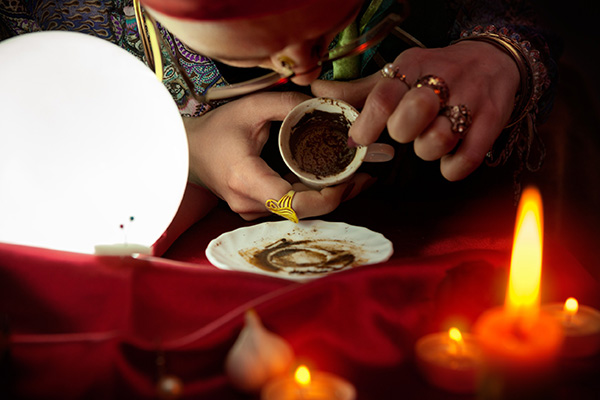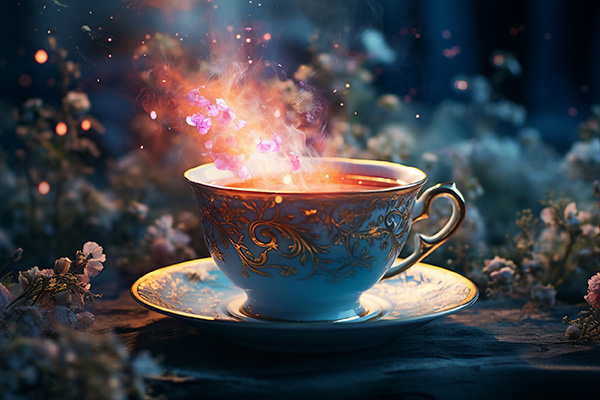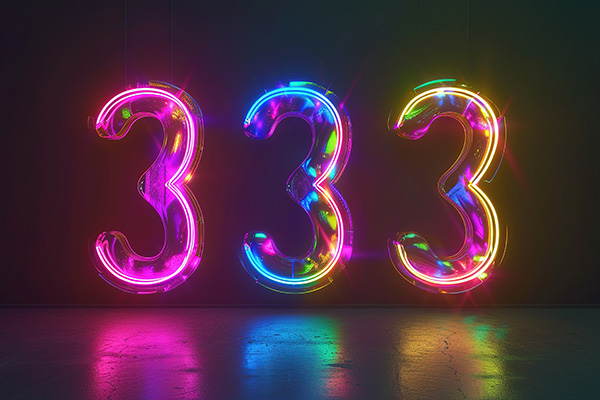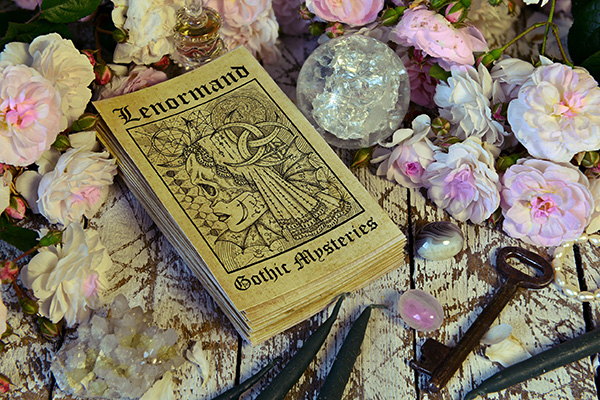psychic symbols
Learning To Trust Your Intuition
 We are all born with an innate intuitive ability. However, many of us tend to shut down this innate aspect of our inner being at a young age.
We are all born with an innate intuitive ability. However, many of us tend to shut down this innate aspect of our inner being at a young age.
This can happen for a variety of reasons, but fear is often a major factor. Over time, many of us learn to view our intuition as our mind “playing tricks” or something to be wary of, or even as a source of discomfort that is just all in our imagination.
This misconception is unfortunate because intuition is not something to be feared or dismissed; rather, it is an integral part of our being that provides valuable insight and guidance.
Intuition is a fundamental part of living a full and complete life because it is a key part of our spiritual inner guidance. It cannot be lost or taken away. You are always in control of it and can choose to connect with it at any time.
The key to accessing and making the most of this inner wisdom is learning to trust its messages. But this can be challenging, especially when those messages are unclear or confusing. So, how do you cultivate greater trust in your intuition?
The first step in building trust with your intuition is to acknowledge and track the information it provides. Keep a journal or note-taking app handy and write down any intuitive insights you receive about your plans, goals, people, or situations. By recording these insights, you create a space for learning to understand how your intuition works and for validating your impressions over time.
The Mystical Tradition Of Reading Coffee Grounds
 Traditional Turkish coffee is unique in its preparation. Prepared without the addition of milk, cream, and other additives, it focuses on the pure, robust flavors of the coffee.
Traditional Turkish coffee is unique in its preparation. Prepared without the addition of milk, cream, and other additives, it focuses on the pure, robust flavors of the coffee.
The art of brewing Turkish coffee is a meticulous process using a special coffee pot called a cezve or ibrik, which produces coffee with a strong flavor and thick, frothy texture. The grounds remain in the cup when it is served, contributing to the distinctive bitter taste that is a hallmark of this revered beverage.
In addition to its strong taste and aroma, Turkish coffee has a mystical appeal and a long history as a divination tool. The use of Turkish coffee grounds for divination, known as tasseography or kafemandeia, is a traditional practice in many cultures, including Turkish, Arabic and Greek.
In other cultures, tasseography is mostly practiced with tea leaves or wine sediments, but in Istanbul, coffee grounds became the preferred medium for this mystical art.
Steeped in history, the practice can be traced back to the Ottoman Empire, when coffee divination became popular in the 16th century in the harem of Sultan Suleiman the Magnificent, located in the Topkapi Palace in Istanbul, Turkey. This divination ritual was originally a way for the women of the harem to share news, gossip, and insights. At the time, women were banned from public coffeehouses, so fortunetellers, commonly known as “falci,” were allowed into the harem to read for the sultan’s wives. The term “fal” means “omen” or “fortune.”
A Beginner’s Guide To Tasseography
 Tasseography is the ancient, yet little known, art of tea-leaf divination. As a little girl in the 1960s, I was fascinated to learn that the patterns of tea leaves at the bottom of my teacup had special meanings, so much so that I asked my mother never to use the tea strainer again!
Tasseography is the ancient, yet little known, art of tea-leaf divination. As a little girl in the 1960s, I was fascinated to learn that the patterns of tea leaves at the bottom of my teacup had special meanings, so much so that I asked my mother never to use the tea strainer again!
Tasseography, also known as tasseomancy or tealeaf reading, is a form of divination or fortune-telling that involves interpreting patterns formed by tea leaves or coffee grounds left in a cup. The practice has ancient roots and can be traced back to various cultures and regions, but it originated in ancient China, where tea was first cultivated.
Tasseography also has ties to Middle Eastern cultures, particularly in the Ottoman Empire. The practice spread through trade routes and cultural exchanges. In the Middle East, coffee grounds were often used for divination, and the leftover grounds would be interpreted for insights into the future.
Tasseography gained popularity in Europe in the 17th century, particularly during the Victorian era when tea became a fashionable beverage. It is also associated with the Romani people, who incorporated tea leaf reading into their traditions. As the Roma traveled and interacted with different cultures, the practice spread.



